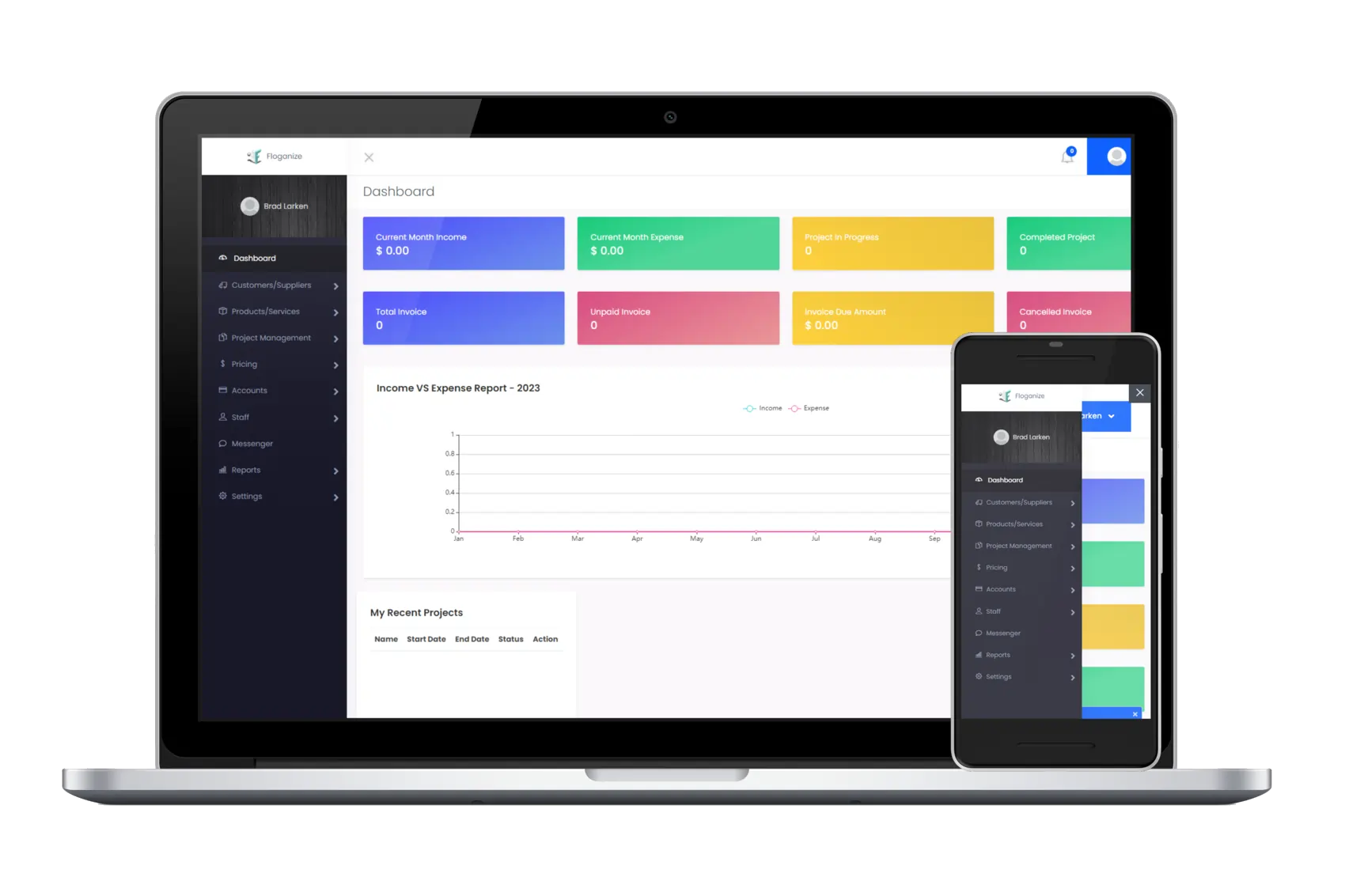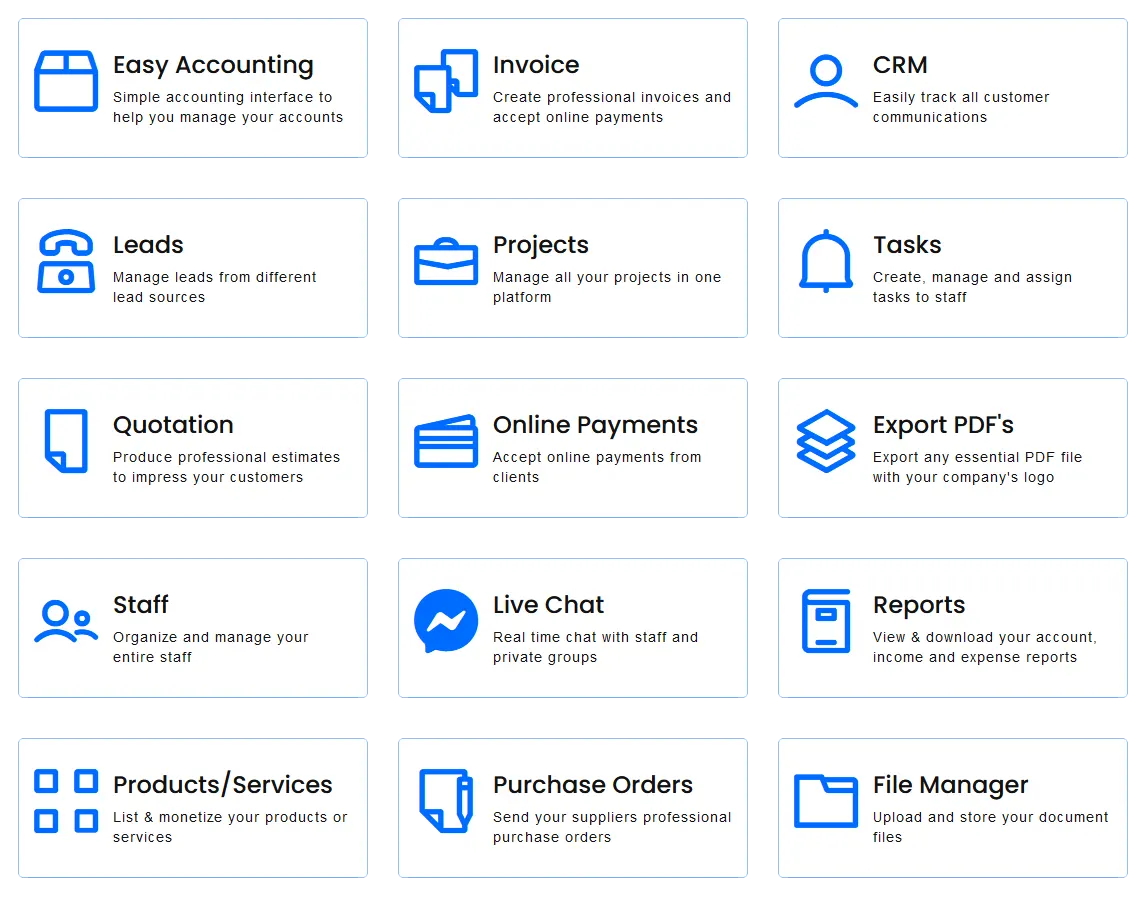How to Set SMART Organization-Wide Goals and Objectives
The Significance of Setting SMART Goals

Setting goals inside a company is essential for success. Many individuals mistakenly believe that defining goals is as simple as listing your objectives, but it involves much more. You may develop successful goals that will help you accomplish your intended outcome by using specific tactics and procedures.
In this this section, we will discuss how to set SMART goals and how to use them to accomplish your goals. We’ll also discuss the value of setting objectives and how to do it successfully.
How Do You Set SMART Goals?
For your organization’s goals to be successful, employ the SMART goal-setting process. The acronym SMART stands for specific, measurable, achievable, relevant, and time-bound.
Make sure each goal you create using the SMART technique is specific, measurable, achievable, relevant, and time-bound. This will guarantee that your objectives are realistic and relevant to your company.
The actions below must be taken in order to set SMART goals:
Set your goals
Identifying your goal is the initial step. What do you hope to accomplish? Make sure your objective is measurable and be explicit.
Fix a due date
The next stage is to give your objective a deadline. By doing this, you ensure that your objective is time-bound.
Create a goal that matters
Making your goal relevant to your organization is the next phase. Make sure your objective is realistic and applicable to your company.
Decide on a specific, quantifiable objective
In the fourth step, a quantifiable objective is set. This will enable you to monitor your development and ensure that you are on the right path to achieving your objective.
Make an action strategy
The fifth step is to develop a strategy for carrying out your aim. This will ensure that you stay on track and reach your objective.
Setting goals for your organization using the SMART method is a terrific idea. Remember that your objective needs to be clear, measurable, doable, relevant, and time-bound. Follow these guidelines when establishing your objective to make sure it is SMART.
What Are The Different Types Of Goals?

There are various types of objectives you may set for a company, such as:
Business objectives:
These are broad objectives related to the organization’s overall success. They could be of a financial or non-financial nature, and they could expand market share, raise customer satisfaction, or enhance productivity.
Functional objectives:
These are objectives that are specific to particular departments or functions within an organization. They could be of a financial or non-financial nature, and they could boost sales, cut expenses, or enhance customer service.
Process objectives:
These are objectives related to the organization’s overall procedures or workflow. They could be financial or non-financial in nature, and they could cut down on cycle time, raise quality standards, or boost throughput.
Output objectives:
Goals related to the process’s outcome are referred to as output objectives. They could be of a financial or non-financial nature, and they could raise sales, cut costs, or increase customer satisfaction.
Behavior-related objectives:
These are objectives that are concerned with how employees behave within the organization. They could be financial or non-financial in nature, and they could include boosting output, cutting down on absenteeism, or enhancing customer service.
Strategic objectives:
Goals that are related to the organization’s overall strategy are referred to as strategic objectives. They could be of a financial or non-financial nature, and could include expanding market share, raising customer happiness, or enhancing productivity.
Setting Effective Goals and Objectives

Specify the goals you have. Identifying your goals is the first step. What are the overall objectives of the organization? Which objectives are specific to each department? Divide the organization’s objectives into clear, quantifiable, doable, relevant, and time-bound goals.
Create a goal hierarchy
To prioritise your tasks and monitor your progress, create a goal hierarchy. The overarching objective that you’re attempting to accomplish is the top-level goal. The various objectives that must be fulfilled in order to accomplish the top-level objective are listed below.
Set a deadline
Make sure each objective is accompanied by a deadline. By doing so, you can ensure that everyone is aware of the deadline and that the goal can be achieved. A start date and an end date are required for each aim. When the deadline approaches and you realize you won’t meet the goals, don’t move the due date.
Measure each objective
To track and evaluate progress, make sure each goal can be quantified. Make each objective relevant to your organization. Verify that each objective is consistent with the organization’s mission and vision.
Assign accountability for each objective
Assign particular employees or departments the duty of completing each objective. This will help guarantee that there is a clear line of accountability and that everyone is aware of their contribution to attaining the goal.
Make an action plan for each objective
This will detail the precise actions that must be followed to accomplish the goal. Find the tasks you must perform to advance your key outcomes and create an action plan around it.
Review and update your objectives
Regularly review and update your goals. This will guarantee that they remain applicable and attainable. Utilize a metric reporting system to track progress toward the goal and determine whether interventions are required.
View the Floganize Tutorials Section to Learn More
If you want to learn more about our powerful business management software, then please click here to view the Floganize tutorials educational page. You can sign up today for a free 14-day trial! Simply click here and enjoy all of the powerful features that will simplify your daily business tasks!


